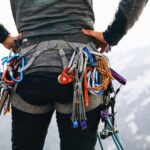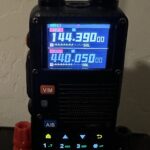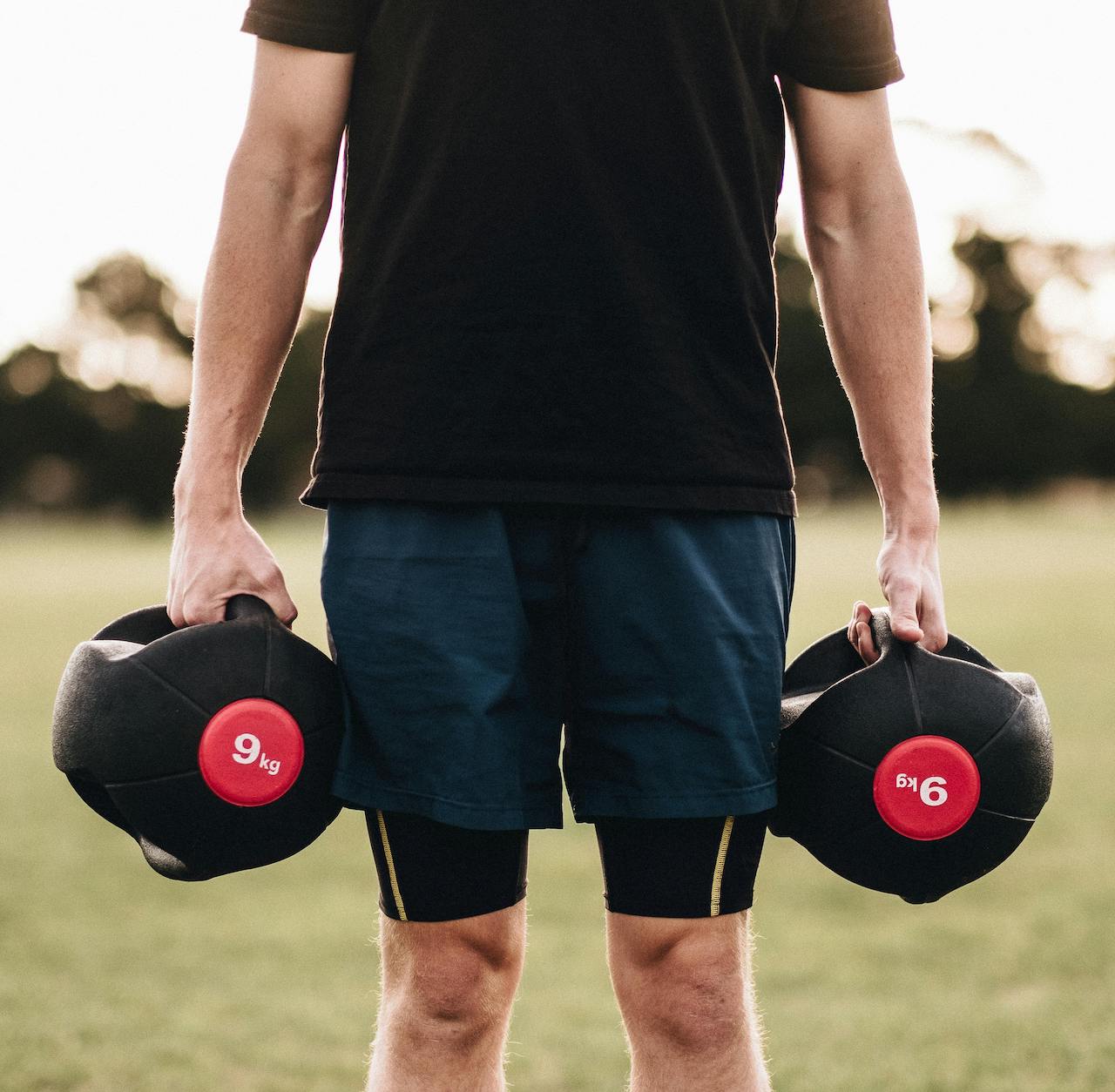DISCLAIMER: PLEASE CONSULT YOUR DOCTOR PRIOR TO STARTING ANY PHYSICAL ACTIVITIES AS IT MAY RESULT IN CARDIAC ARREST OR CARDIAC COMPLICATIONS, AND OTHER ISSUES, INCLUDING ISSUES DUE TO PRE-EXISTING CONDITIONS.
This exercise should be incorporated every time you work out at the gym along with core. This is where you carry equal amount of weight in both hands (like a kettlebell or dumbbell) and walk some distance. Why is this exercise so good?
It is good for power, strength, endurance, cardiovascular improvement, as well as improving posture and maintaining bone density. This is a full body work out, even though it seems like it is just working the grip strength and legs. You need to engage your core and other stabilizer muscles to keep your back straight (neutral spine) as you walk, and each step you take works on your entire core, legs, and stabilizer muscles. It improves grip strength as this is something that weakens over time as we age.
Here is how to properly do the exercise:
Keep your spine neutral, deadlift the weight, stand up straight, retract the shoulders back and up, and begin walking at least 10 steps. Lower the weights to the ground. Repeat for 3-5 sets.
Start with a light weight (it may seem too light but don’t use heavy weights in the beginning) that your body can manage (like 10-20 lbs) and increase weight over time. Do not lift heavy weights to start if you have never done this or don’t do this frequently as it may cause injury and extreme pain either during or after the exercise.
Here are the muscles it works:
Lower Body
- Calves: These calf muscles help stabilize the ankle joint.
- Hamstrings: The hamstrings are responsible for knee flexion and hip extension. They are used in deadlifting the weight from the floor, lifting the legs with each step, and stabilizing the hip and knee joints.
- Quads: The quadriceps (quads) are responsible for knee extension. They aid in lifting the weight from the floor, help initiate forward movement, and stabilize the knee joint.
- Glutes: The gluteus maximus, gluteus medius, and gluteus minimus (glutes) are mainly responsible for the extension of the hip joint. It is crucial in deadlifting the weight from the floor and stabilize the hip joint.
Body
- Abdominals. The abdominal muscles keep the core tight, protecting the spine. This includes the obliques.
- Erectors. The erectors (paraspinal muscles or erector spinae) are the muscles that surround the spine, aiding in spinal extension and core stabilization.
- Lats. The latissimus dorsi (lats) are the largest of the back muscles and responsible for maintaining a neutral spine and tall posture.
- Upper back and traps. The muscles of the upper back including the trapezius muscle (traps) keeps a tall posture by retracting the shoulders back and up.
Arms
- Biceps. The biceps are responsible for arm flexion and grip strength. The biceps help grip the dumbbell throughout the movement and stabilize the elbow joint.
- Triceps. The triceps provide arm extension at the elbow joint. During this exercise, they keep the arm extended and work with the biceps to stabilize your arms.
- Forearms and hand muscles. The forearms and hands are crucial in grip strength. They allow you to hold the weight firmly as you move.
This exercise not only works on all the above, but it helps in many of the survival tasks like fetching water, gathering firewood, and building a shelter. If you have limited timed to work out, include this, some core workout, and stretching exercises. You should be able to complete the workout in under 20 minutes.










